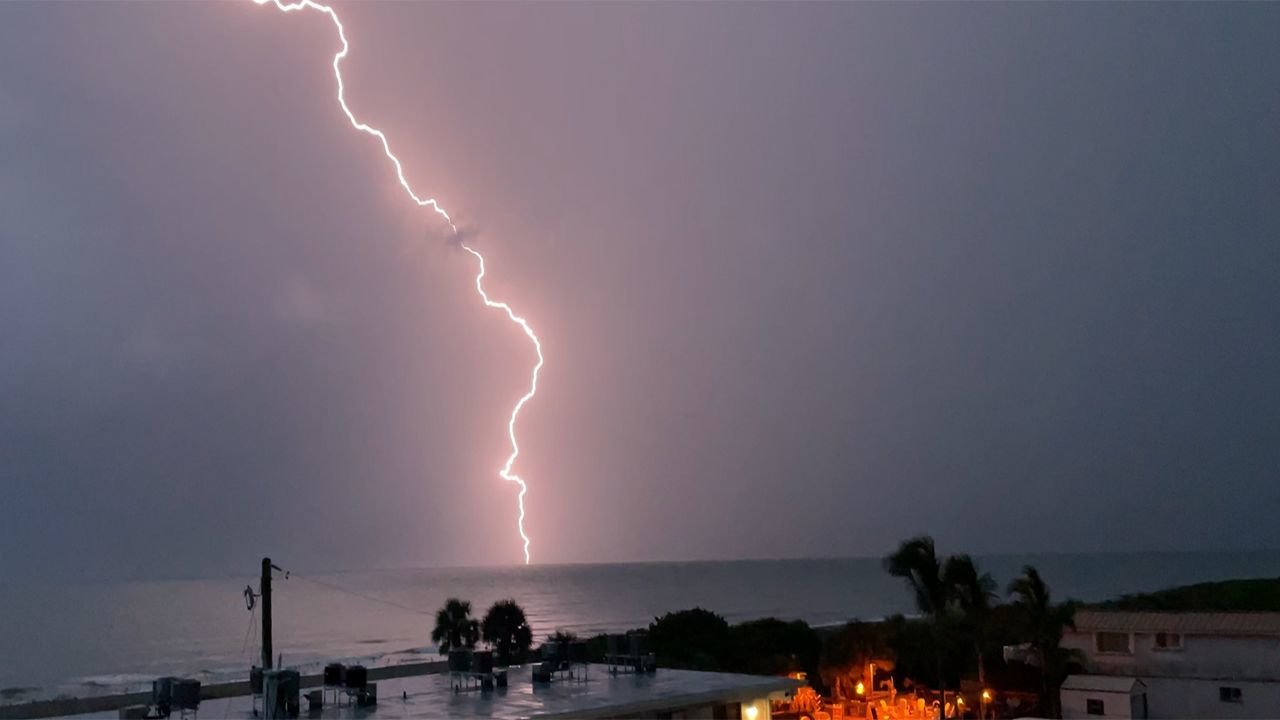In the middle of a tropical storm, Public Storm Warning Signal #1 Washington State may sound. That means water surges are rising, and people must take precautions. Until the alert, people can go about their daily routines as normal. However, it is important to take note that this does not necessarily mean a dangerous situation exists. When you see this sign, you should take note that it is merely a warning.
The purpose of a Public Storm Warning Signal is to ensure the safety of the public during severe weather. The levels of this alert are set based on wind speed and intensity. If there are more than one major hurricane brewing in the Pacific Northwest, a warning will be issued for several different areas. For example, if the state of Oregon is under a PSWS, a tropical storm is expected to form in the Pacific Northwest in the next 36 hours.
Public Storm Warning Signal #1 Washington State will go up when a typhoon is expected to affect the area, and when the wind speed is above normal. The sign will show how fast the breeze is blowing and how much precipitation will fall in the area. It is essential to pay attention to the metrology department’s instructions when viewing this type of sign. The city’s emergency response team and other officials will be able to tell if the typhoon is a potential threat for residents.
How Public Storm Warning Signal Helps People
A Public Storm Warning Signal raises when a tropical cyclone is predicted to hit a region within 36 hours. When there is no chance of rain in the forecast, the signal will be raised. If it does, people should be prepared to evacuate and take precautions. While the weather warning signals are intended to warn the public, a public storm may not be a hazard to them. Despite their name, the aim of a public storm warning is to protect the public from loss of life and property.
The purpose of a public storm warning signal is to protect lives and property from damage. The Metrology department is responsible for issuing these signals. Depending on the intensity of the wind, a storm warning can be as high as two hundred and sixty miles per hour. If the wind speed is over two miles per hour, the signal will be raised to warning levels of a typhoon. A storm warning sign can be raised as high as 100 mph.
Speed and Damage Capacity
The fourth storm warning signal is a very intense typhoon. Its winds can reach 185 kph. Large trees can be uprooted and residential and institutional buildings can sustain heavy damage. The public should not go outside, even for short periods. During these times, they should cancel all outdoor activities. This is a vital part of a city’s weather system. During a tropical cyclone, it is essential to prepare for it.
A public storm warning signal is a signal that informs people of an impending storm. These signals are assigned to warn people of the storm’s intensity and speed. If the Storm is moving toward the area, the signal will go up. The meteorological conditions are forecasted to change over time, and these warning signals may be raised to indicate that a major disaster may be imminent. The next warning signal is a temporary one.
Conclusion
The first public storm warning signal is used to alert the public of impending storms. It is a vital tool that has helped save lives. In the United States, Public Storm Warning Signals can be raised up to four levels before the actual storm hits. The higher the level of a public typhoon, the greater the danger. In the UK, the second public storm warning signal will be raised, which means it’s a significant weather threat.
The public storm warning signal is an important tool for avoiding storm damage. A strong thunderstorm can cause severe damage, so it’s important to prepare for the worst by doing your chores before the warning is issued. The public can perform some basic tasks, such as cleaning or preparing food, before the government alert. It’s important to be prepared for a storm. While it may seem obvious, it can prevent you from causing more harm than good.
